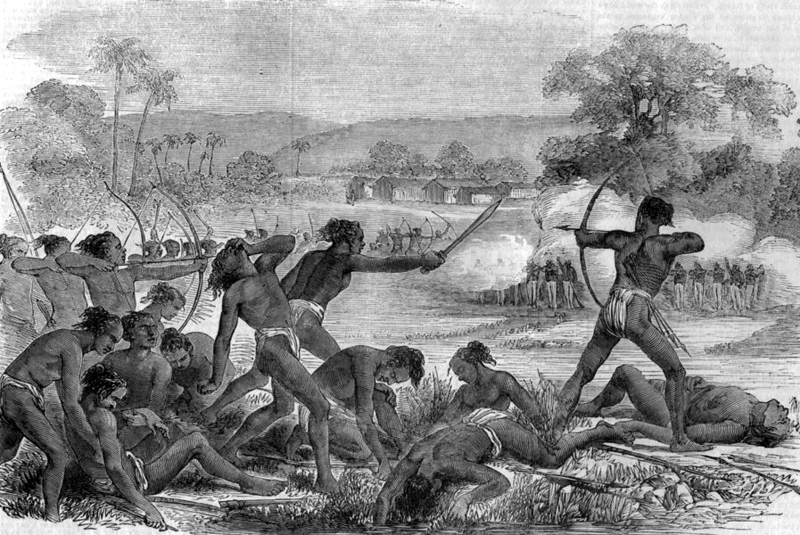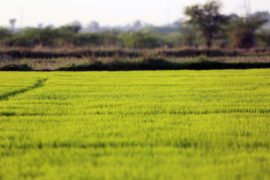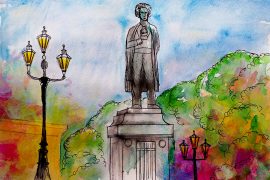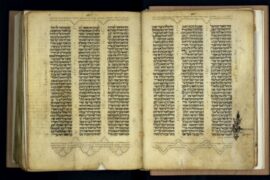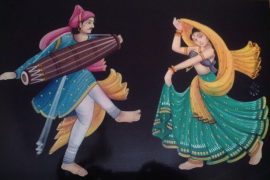Long before Mangal Pandey fired the shot that started the First War of Indian Independence, India’s tribal communities gave their lives in opposing the colonizers. The known instance of an Adivasi rebellion against the British was that of Tilka Manjhi in 1785.
The Santhal people historically dwelled in the Eastern parts of Jharkhand. In the hills, resided the Paharias, and in the valleys, the Santhals. Both lived North of the lands of the Munda people. In 1765, the East India Company gained the ‘Dewani‘ of the current states of Bengal, Bihar and Orissa. In 1769, the Chotanagpur and Santal Pargana regions were annexed.
At first, the locals were unconcerned, as both Mughal and Maratha invasions had failed to make a permanent impact on their lives. However, the centuries of ‘Diku’ (outsider) rule had gradually resulted in the Santhals being reduced to cultivators rather than owners of the land. They paid rent to the non-tribal landowners, who sent a share to the Mughals.
The British replaced the Mughals as the receivers of rent. But then, they started to formalize land ownership. This began by encouraging revenue collection by the Dikus, which further irked the Santhals. Meanwhile, the Paharias, hill-dwelling people began to raid the plains for food. A great famine struck in 1770, and the plains-folk were devastated, but the raids continued.
Copyright©Madras Courier, All Rights Reserved. You may share using our article tools. Please don't cut articles from madrascourier.com and redistribute by email, post to the web, mobile phone or social media.Please send in your feed back and comments to [email protected]

